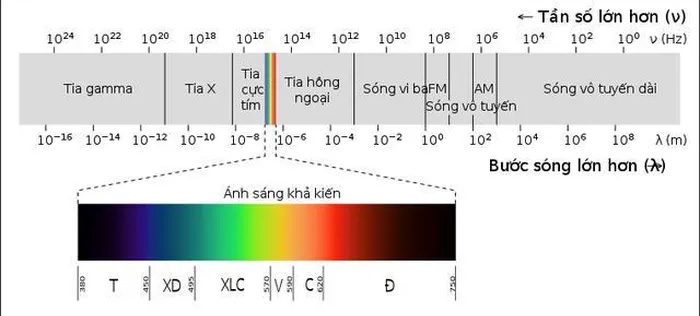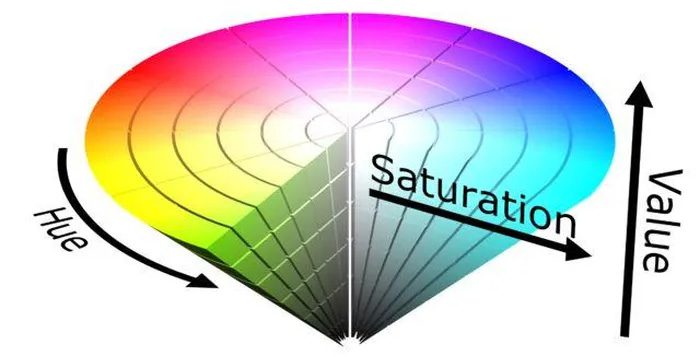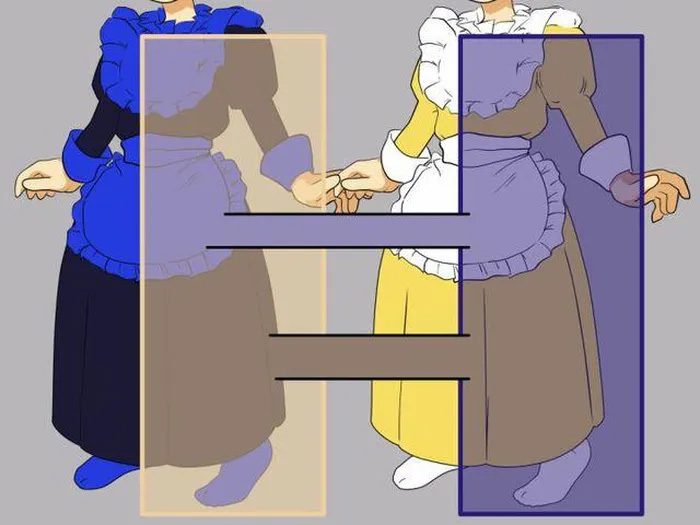Everything we see is due to the light emitted by objects entering our eyes and being projected onto the retina through the refraction of the eye’s structure. Light signals are converted into electrical signals by photoreceptor cells, which are then transmitted to the brain via nerve fibers. The different colors we perceive correspond to various combinations of different wavelengths of visible light.

The visible spectrum or visible light is a part of the electromagnetic spectrum that can be seen with the naked eye. Electromagnetic radiation within the wavelength range is referred to as visible light or simply light. The typical human eye can perceive electromagnetic radiation with wavelengths ranging from approximately 380 to 760 nm.
The cone cells in the retina are responsible for recognizing different wavelengths of light. Most people have three types of cone cells that are sensitive to shorter wavelengths of blue light, medium wavelengths of green light, and longer wavelengths of red light. The combination of varying intensities of these three signals is processed by the brain into rich colors.
However, this is how humans “see” colors, not how we “understand” them. The differences in colors, such as blue and green, correspond to the primary wavelengths of light; differences in saturation, such as blue and gray, correspond to the complexity of the light; and differences in brightness, such as light green and dark green, correspond to the amplitude of the light waves.

HSV Color Model. Different angles represent different colors, with saturation increasing from the inside out and brightness increasing from bottom to top.
You may know that there is no white light on the visible spectrum, so white is not a hue, but it can be considered a color. When multiple colors are mixed with the right intensity, a color is formed that has no prominent hue, low saturation, and high brightness. In our brain, it appears as white. Sunlight is a type of white light that contains all wavelengths of light within the visible spectrum.
When an object is illuminated by white light, it absorbs some wavelengths of light and reflects others.

Colors created from a narrow wavelength (monochromatic light) are pure colors. The vibrancy on the spectrum is merely an estimation; in reality, there are no clear boundaries distinguishing different colors from one another.
Returning to the question of “What color is a mirror?” Mirrors made with aluminum or silver-coated glass reflect almost all light. When white light hits a mirror, the reflected light appears naturally white. Therefore, we can say that mirrors are white from an optical perspective.
However, this answer is not entirely accurate because we do not actually see white as the true color of the mirror. The aluminum or silver used to make mirrors does not have a specific inherent color, and the silica glass in mirrors typically absorbs blue light the least. A 2004 physics study found that the reflectance spectrum of mirrors peaks between 495 and 570 nanometers, corresponding to green. Thus, it can be said that mirrors are white with a hint of green.

Many species can see light from frequencies outside the “visible spectrum” of humans. Bees and many other insects can “see” ultraviolet light, helping them find nectar in flowers. Plant species that rely on insect pollination often emit ultraviolet light prominently, not just colors visible to the human eye. Birds can also see in ultraviolet (300-400 nm), and some species even mark their mates with patterns visible in the ultraviolet range. Although many animal species can see ultraviolet light, they cannot perceive red light or any “red” spectrum.
Typically, this green hue is difficult to detect, but it becomes apparent when we place two mirrors facing each other and allow light to continuously reflect between them. This setup is known as an “infinity mirror” or “mirror tunnel.” The deeper the infinity mirror, the more pronounced and darker the green color becomes.
In Grenada, Spain, back in 2004, two researchers, Raymond L. Lee, Jr. and Javier Hernández-Andrés, conducted an experiment at one of the most fascinating Science Museums: the mirror tunnels.
The mirror tunnels are a feature containing two mirrors facing each other with two eyeholes cut out for curious visitors to look through.
The researchers found that when the reflections of the mirrors bounced back and forth more than 50 times, the wavelength of green became the dominant wavelength that we could see.
In return, we can begin to perceive the true green underneath, and for all of us, science shows that the wavelength of green is 552 nanometers or vaguely anywhere from 495 to 570 nanometers.

















































